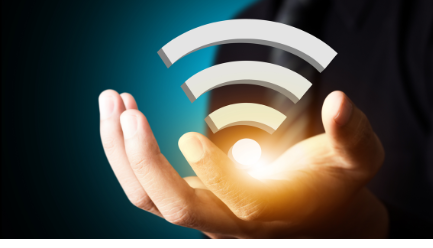Welcome to RUCKUS Networks, part of CommScope's world-leading portfolio of networking solutions. Learn more.
This week, as communities across the country are facing school closures or weeks of online-only classes, the gap in broadband equity has never been more apparent. 80% of rural America, an estimated 40 million people, have no access to high speed Internet. There are smart and good people in both the private and public sectors working hard to address this issue including the Wireless Internet Service Providers (WISPs) who often are the only option in these underserved areas. Most WISPs are small businesses operating on tight margins. But like most small businesses, they also live and operate in the communities they serve and because they provide a vital service, they are often called upon to operate at the front lines after a disaster or service disruption.
Among the challenges being faced across the country over the next weeks and months are how to provide K-12 kids in rural areas with access to the learning resources they will need. This week, two companies and a community came together to answer that challenge. Nextwave Wireless and CommScope teamed to build a Wi-Fi homework hot spot in a neighborhood that has no wired Internet, no landline options, and spotty cellular coverage. Within hours of taking the call and understanding the problem, a Nextwave technician was onsite to provide a WAN drop at a community center where a RUCKUS access point is providing Wi-Fi to an area large enough to provide the neighborhood kids high-speed connections while remaining a responsible, safe distance from each other.
In times of natural disasters and crises, one of the critical needs that is often overlooked is communications. Whether that is voice traffic to support 911 calls or data service so that evacuees and first responders can check in safe or be effectively dispatched, communications are critical. As IT Disaster Resource Center (ITDRC) says #CommIsAid. Internet connectivity has long ceased to be an optional service; it is a vital utility.









